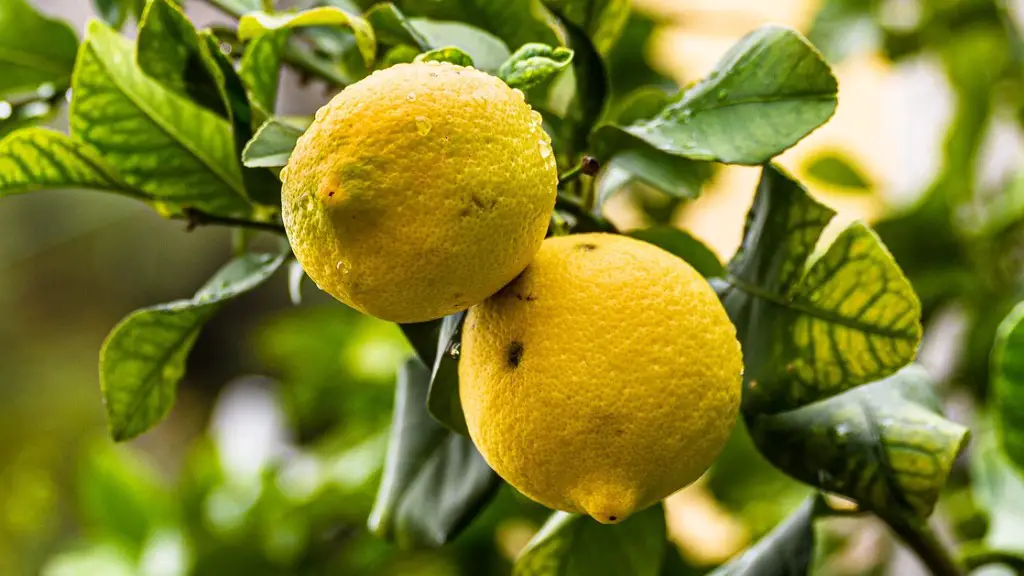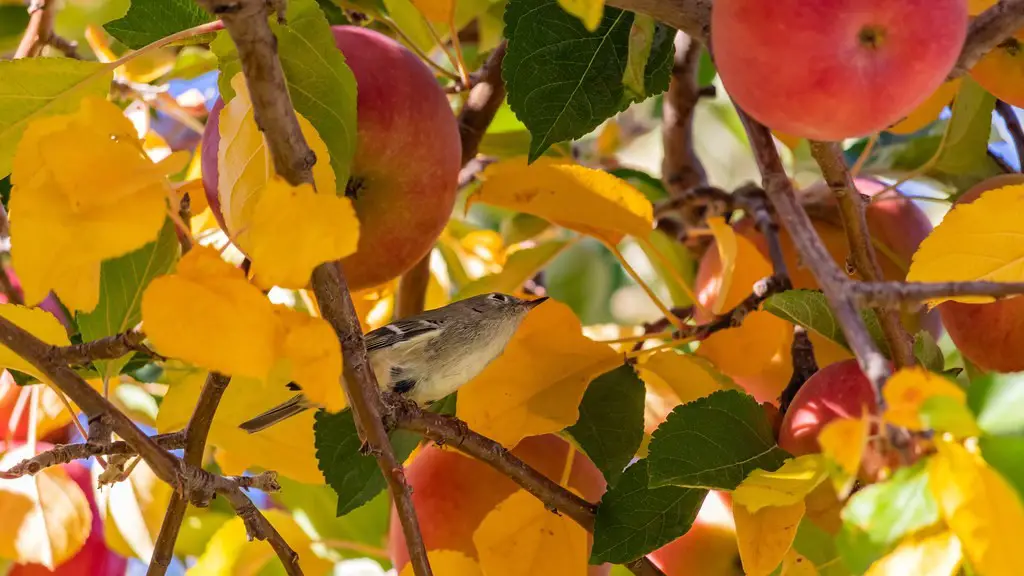How Long Does It Take An Avocado Tree To Produce?
Growth Cycle Of An Avocado Tree
Avocado trees are unique as they have a growth cycle unlike other fruit trees. When planting, it is important to do it in well-draining soil and in an area with plenty of direct sunlight. This is the first step in giving your tree the best chance at producing fruit. While avocado trees are perennial, they do experience a vegetative and reproductive cycle. Depending on the variety, the vegetative cycle can be three to five years while the reproductive cycle is much shorter.
The vegetative stage is where the tree is focused on developing its size and structure. During this period, the avocado tree grows flowers, fruits, and leaves. New leaves are produced that are larger than the ones produced in the previous years and the flowering season will consist of several blossoms that eventually turn into avocados. During this time, the trunk and branch structure also grows.
Time To Produce Avocados
Most avocado trees are generally able to start producing fruit within three to five years of planting a seed. In some cases, some trees will be able to produce much sooner while others may take up to seven years to reach the maturity needed to produce avocados. There is no set time when it comes to the point where an avocado tree starts producing fruit as it all depends on the variety and conditions in which the tree is planted and maintained.
To maximize the chances of an avocado tree producing faster, regular fertilization must be done in sync with the tree’s vegetative cycle. This includes using liquid fertilizers or granules either directly in the soil or through a drip irrigation system. Mulching is also an important part of creating a favorable environment for the tree that will help it reach the reproductive stage quicker.
External Factors Affecting Avocado Production
Environmental conditions like extreme temperatures, drought and diseases can all affect the rate at which an avocado tree produces. Depending on the variety, immature avocados may fall off the tree due to harsh weather conditions, while diseases may cause the death of the entire tree. Therefore, it is important to select a variety that is best suited for the environment you are in, to avoid any potential issues caused by external factors.
To help control these external factors, disease and pest control management are essential to giving the tree a better chance to reach maturity faster. The use of beneficial insects can help control other pests while there are chemical control measures that can help reduce diseases. Even though these external measures should be done, it is still important to ensure that proper cultural practices take priority to ensure a healthy avocado tree.
Avocado Tree Pruning
Pruning of avocado trees is also necessary for them to produce faster. Pruning helps control the shape and size of the tree which leads to faster fruiting and better yield. When pruning, it is important to consider not just the excessive branches but also consider environmental factors like sun or wind exposure. Also, it is important to take into consideration what type of pruning needs to be done. Strategic pruning during the vegetative stage will ensure that more resources are channeled into producing flowers and fruits instead of just foliage.
When pruning, it is important to get rid of any dead, diseased, overgrown or conflicting branches. This will help balance the tree, reducing any vigorous growth that may be possible. It is also essential to consider how much pruning is needed and to make sure it is done correctly, including proper disposal of all branches that are pruned.
Avocado Tree Grafting
Grafting is another way to help an avocado tree reach the reproductive stage faster. This process is done by taking a cutting from a tree that is known to be productive and grafting it to the main trunk of a new tree. This will help the new tree establish itself faster by taking advantage of the established root and scion system of the parent tree.
Grafting should only be attempted if the branches that are grafted are from the same species. Grafting is not difficult and can be done in a few steps. First, the bark and cambium of both the stock and scion should be cut and attached to each other. The tree should then be given enough time to heal and also be regularly monitored. This is a technique that can help an avocado tree reach maturity faster and increase the chances of a more abundant yield.
Watering And Feeding Avocado Trees
Watering and feeding are vital for an avocado tree to reach the reproductive stage faster. During the vegetative stage, a regular watering schedule must be maintained. During dry spells, the tree must be watered more often and should also be given a balanced fertilizer every two months. This will help keep the foliage looking healthy and also maintain general nutrients in the soil.
While avocado trees prefer tropical climates, they also need winter protection to avoid any potential problems caused by extreme temperatures. It is important to ensure that the roots are not exposed to severe cold and that the foliage is wrapped with blankets or plastic during the winter season. This will help keep the cold away while also maintaining humidity and feeding the roots.
Organic Fertilizers
Organic fertilizers can also help an avocado tree reach maturity faster. Organic fertilizers are natural and are less harmful to the environment compared to chemical fertilizers. Compost or horse manure can be spread around the avocado tree and can help with nutrient absorption by the soil. Organic fertilizers also help encourage beneficial organisms like worms and other microorganisms that can help keep the soil in healthy condition.
Organic fertilizers require some time to take effect; therefore, it is important to apply organic fertilizers several weeks before planting an avocado tree. This will give the fertilizers a chance to be fully absorbed into the soil before it is even planted, helping the tree reach maturity faster.


